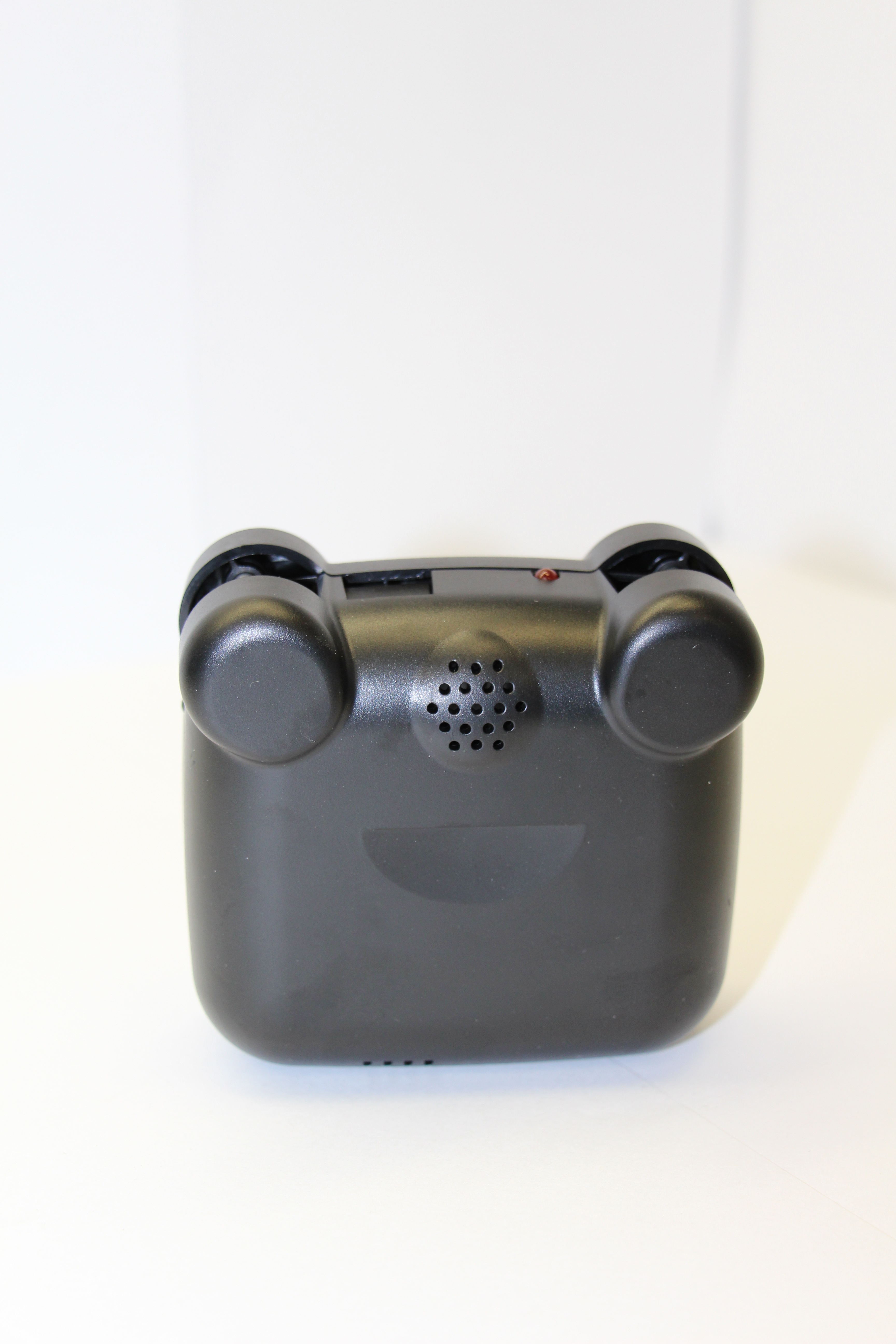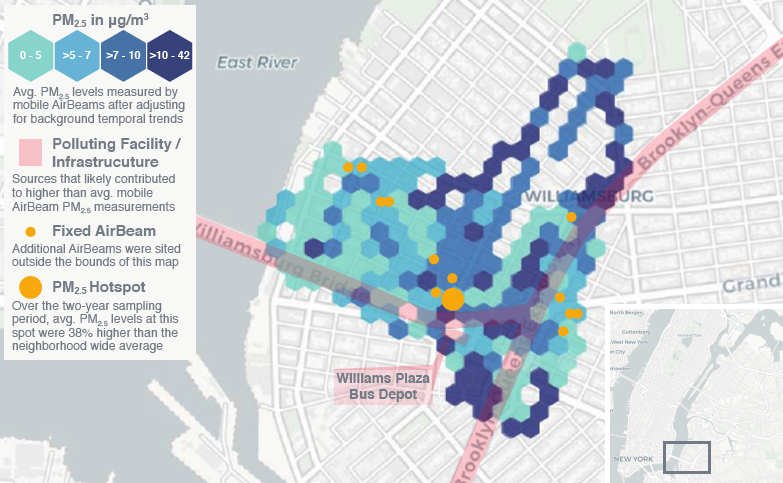

The microAeth is a pocket-sized black carbon aerosol monitor. To fill demand from eco-conscious consumers and curious scientists alike, a suite of these environmental monitoring devices has appeared. They vary considerably and are not the same as the air pollution monitor in the city.” People move around the city and by and giving them a small air pollution sensor, we can see what the air pollution levels are where they are. “However we know that there is large variability, with levels near roads being much higher than further away. “The current method used to measure air pollution in cities is to put an air pollution monitor somewhere in the city and assume that everyone is exposed to that level of air pollution,” he explains. Mark Nieuwenhuijsen, of the Center for Research in Environmental Epidemiology in Barcelona, Spain, is using wearable monitors to measure and map air pollution in ways that were previously impossible. That can help policy makers tackle these problems in the places they hurt people most. Armed with information, wearers might seek cleaner air by moving off a certain street or opening the window to a smoky room.īut these gadgets may have even more utility on a macro scale, because they deliver scads of data, never before available, to scientists who use them to map our ever-changing exposure to everything from pollutants to UV rays. Personal environmental monitors measure air quality and other environmental data and stream that information to users who may otherwise have no idea what they are breathing.

Personal environmental monitors, such as TZOA (shown here), measure air quality and stream that information to users who may otherwise have no idea what they are breathing.Īir pollution exposure is an invisible hazard responsible for seven million premature deaths every year, according to World Health Organization estimates.īut a new generation of wearable high-tech devices, paired with the mobile phones we carry, reveals this hazard so that users can see it in real time.


 0 kommentar(er)
0 kommentar(er)
